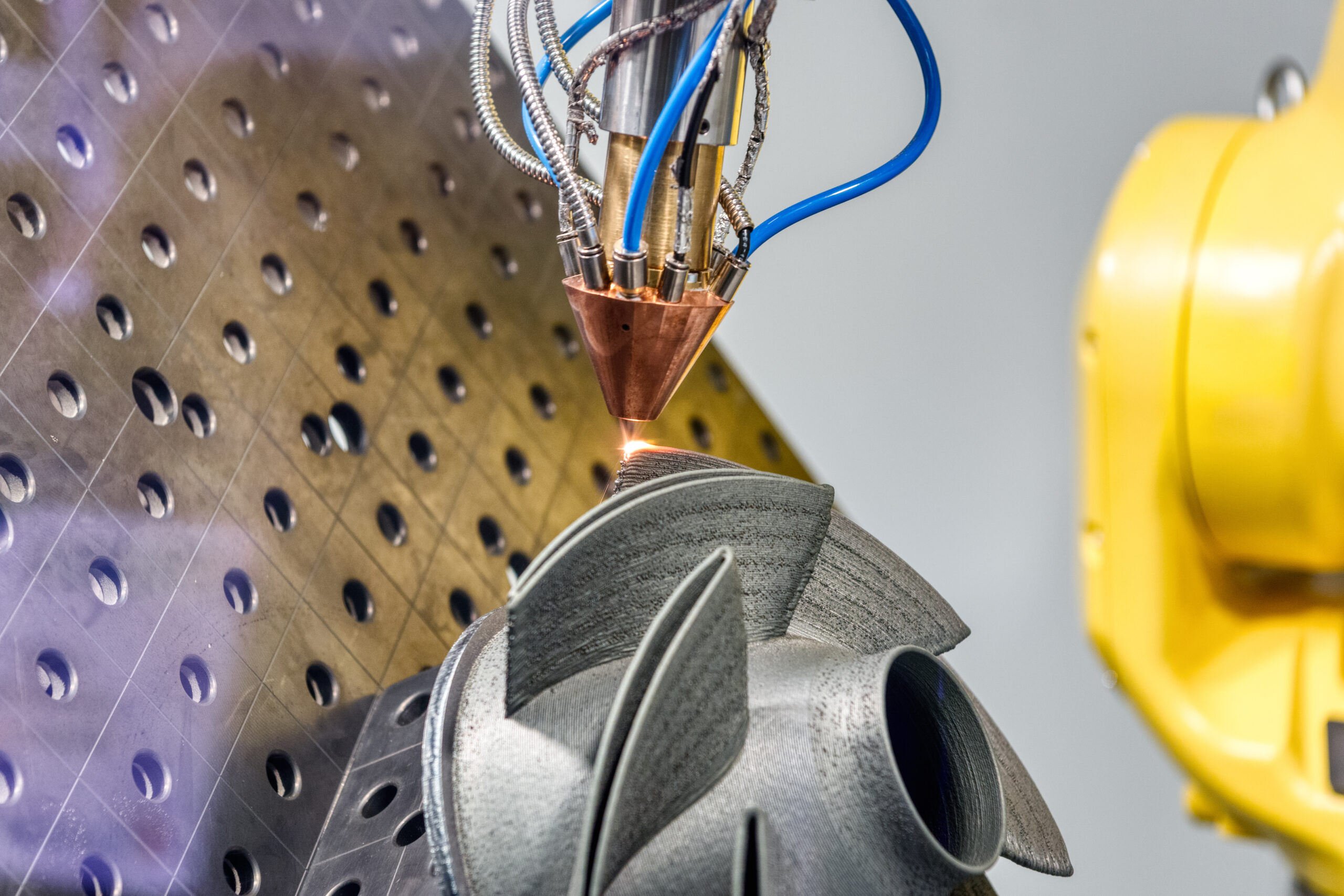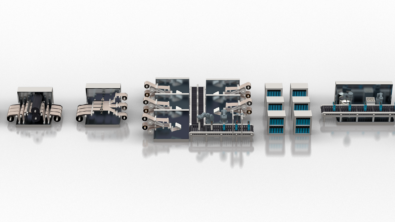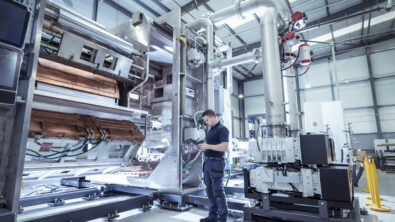Simulate to success for additive

The number of possible products that could be created with additive manufacturing (AM) can be awe-inspiring for the engineers and designers of these new products. There is near limitless potential with a single manufacturing process, but with that variability comes complexity which must be resolved to create a viable product. Traditional manufacturing would have required trial and error to build an understanding of the process variables and eventual an expert would be able to know, intrinsically, whether a design was viable with the given methodology. But the variability of AM processes have left many in search of a new solution and they turned to simulation. Simulation enables insight into optimal orientations for printed components, an understanding of the impact from printing paths, and it can even reveal the fatigue performance of a part before production begins. Read on to learn how these digital advantages enable successful additive manufacturing programs.
An orientation orientation
Setting aside the more complex multi-axis additive manufacturing machines, 3D printing is really the application of a two-dimensional process serialized to create a three-dimensional form. Every printed component is an, increasingly accurate approximation of a precision 3D object designed in CAD. There are shortcuts to handle the discrepancies between the two special representations and the eventual tool operations to manufacture the object. Overhangs for instance are printed in near-free space, subject to gravity and minimally supported, this requires a technique to produce the correct shape through support structures removed after printing or by using the raw powder surrounding the print is sinter-based machines. Both produce some amount of waste, but by re-orienting the component in 3D space these structures can be avoided entirely. Orientation can also impact the overall strength of the component, because as mentioned the process is often completed on a two-dimensional plane. If the printing plane coincides with a stress-plane in the component it reduces the overall strength of the part and increases the likelihood of a failure. Simulating the myriad orientations enables better parts with minimal resources.
Selecting the right path
Tooling path optimization is nothing new for the world of manufacturing, CNC operations are already planned based on a handful of best practices for the order of operations and tool speeds to attain the right forms and finishes. AM is no different, except in how the path impacts manufacturing. Manufacturing a part with AM requires adequate heating and cooling of the material to attain the right form and getting either of these wrong can be disastrous. Planning a viable printing path requires an understanding of how a part is cooling during the print, if the metal of plastic is not solidified before the tool head returns to the same area it can create deformation in the print reducing overall strength and, in some cases, even damaging the printer if there is a recoater collision. Physics simulation combined with manufacturing simulations enable better print paths that ensure proper cooling, this can result from printing other areas of the layer before returning to a recently printed area or by reducing the overall speed of the printing operation to favor successful print volume over absolute printer head speed.
Remove fatigue from the process
Another major application of simulation the manufacture of printed components is in fatigue performance. Due to the relative newness of AM, it can be difficult to understand the wearing characteristics of a product without long-term testing. Simulation takes over this role in the virtual world. This is separate from the static loading of a component, which is often already considered in the design phase of a component’s development because many AM parts are created with some amount of topology optimization. Fatigue simulation determines whether loading and unloading the component over many cycles will impact the longevity of the part. Doing this in the virtual environment is critical in a successful AM program since many components may be one of a kind and printing extras for testing correlates to a near one-to-one multiplier in cost of the final component. Compared that to the per-part cost of more traditional manufacturing methods where printing multiple is more advantageous.
Additive success
Simulation has many roles in additive manufacturing and not solely in the design of the custom components. Digital tools enable manufacturing to create these custom components viably and reliably, while also making the entire process more sustainable for the company, the employees, and the planet depending on how the operations are optimized. For more information on the role of simulation in the success of an additive manufacturing program, Ashley Eckhoff has a great article on 3DPRINT.COM explaining each of the applications in more depth.
Siemens Digital Industries Software is driving transformation to enable a digital enterprise where engineering, manufacturing and electronics design meet tomorrow. Xcelerator, the comprehensive and integrated portfolio of software and services from Siemens Digital Industries Software, helps companies of all sizes create and leverage a comprehensive digital twin that provides organizations with new insights, opportunities and levels of automation to drive innovation.
For more information on Siemens Digital Industries Software products and services, visit siemens.com/software or follow us on LinkedIn, Twitter, Facebook and Instagram.
Siemens Digital Industries Software – Where today meets tomorrow


